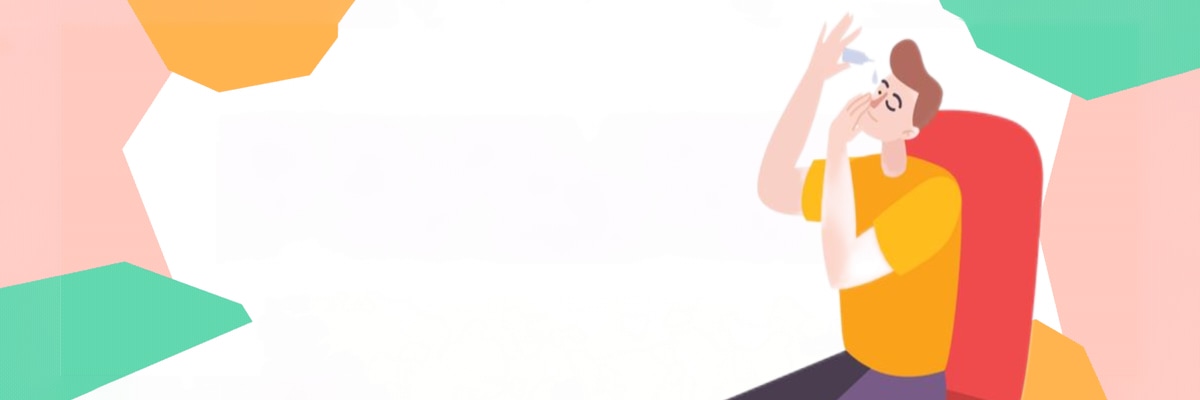
Remedies
Are home remedies helpful, harmful or neither? Explore information about different remedies to find out which ones can bring relief and which ones do more harm than good.
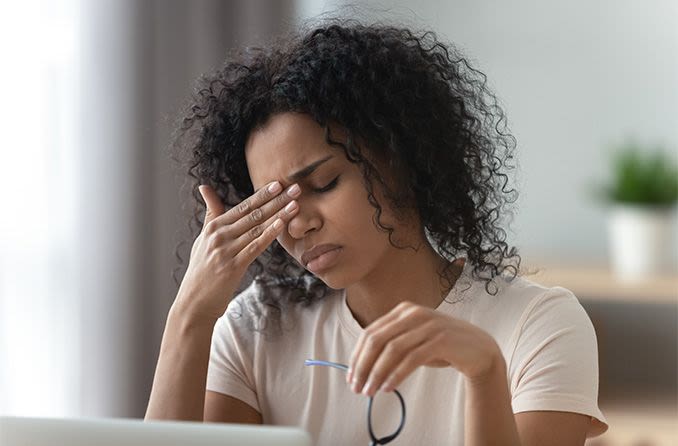
Do you have tired eyes? Discover the five ways to relieve your tired eyes including getting more sleep, drinking more water, and taking screen breaks.
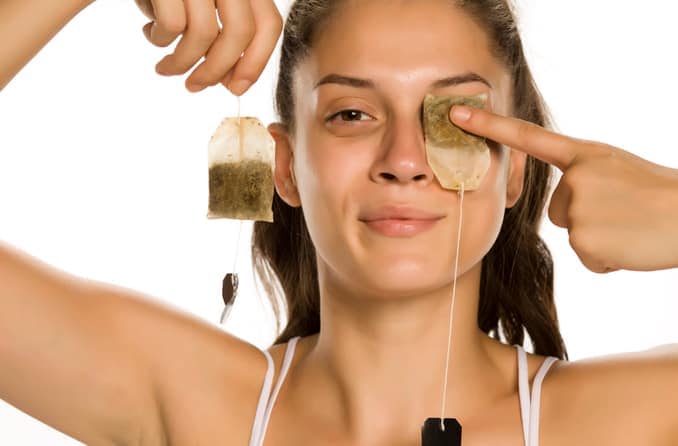
Use natural or homeopathic remedies for pink eye with caution, and always talk to an eye doctor before starting any treatment for a chronic infection on your own.
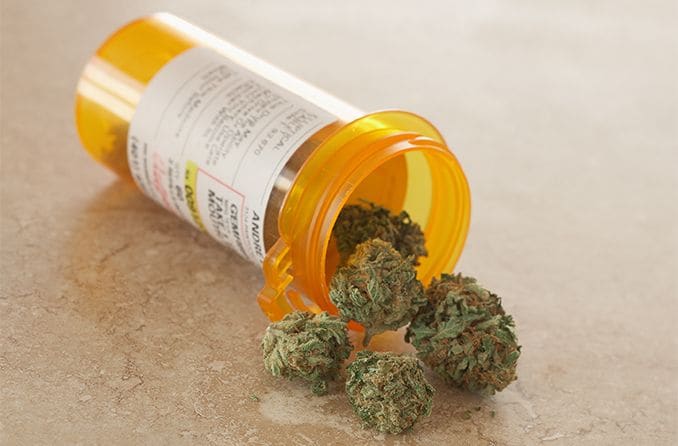
Do you know the facts on marijuana or cannabis as treatments for glaucoma? All About Vision reveals current medical data on glaucoma and marijuana treatments.
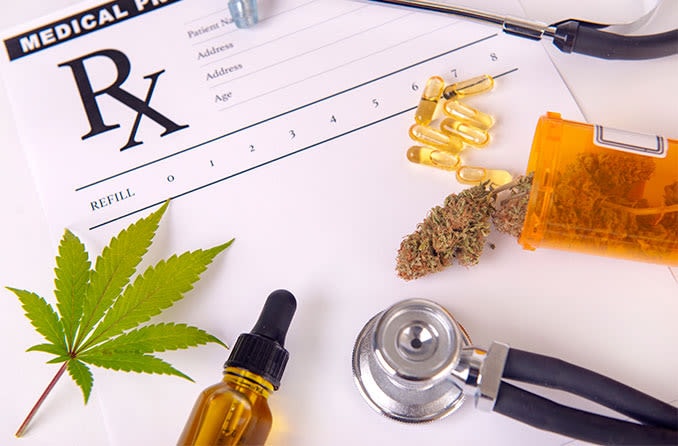
There is no proven evidence that marijuana or CBD can treat cataracts or its symptoms, though research is being done on other possible natural remedies.

Castor oil eye drops may help reduce cataracts, but they can be dangerous if not used properly.

There is no natural (or medical) cure for glaucoma. But, read on to discover some natural remedies that can help manage symptoms.
All About Vision and AllAboutVision.com are registered trademarks of AAV Media, LLC. © 2000-2025 AAV Media, LLC. The content on this site is for informational purposes only. All About Vision does not provide medical advice, diagnosis or treatment. Contact an eye doctor if you need medical attention.